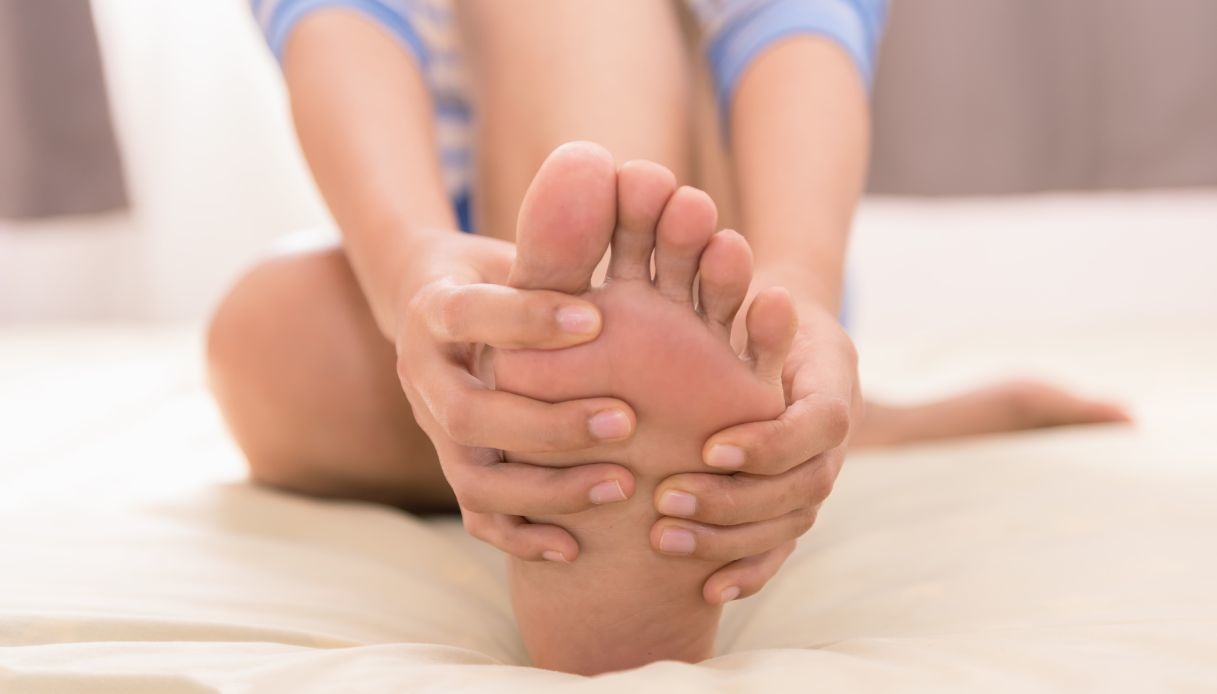When you think about the diabetes and his complicationsthe thought immediately runs to the highest risk of cardiovascular events in subjects who do not properly control the glycemia. Or you think about the view. Diabetes can in fact facilitate the onset of retinopathy linked to the suffering of the blood vessels in the back of the eye. The retina is essential for sight, because thanks to its action it is possible to “transform” visual stimuli into nerve signals that reach the brain, where everything we observe is then recognized. The whole, not to mention the diabetic nephropathy affecting the kidneys: the progress of diabetes progressively leads the kidney to lose its normal activity as a waste filter, and in the most serious cases also to renal failure. However, we often forget the attention that the person with diabetes and his family must have for the feet.
The diabetic foot, linked not only to circulatory problems but also to the so-called diabetic neuropathy with an alteration of the peripheral nerves. In short: it takes attention to the feet. Let’s not forget it.
What happens in the case of diabetic foot
Diabetic foot is so called because it is a consequence of diabeteswhich can affect both nerves and vessels: the reduced blood supply linked to the narrowing of the arteries reduces the oxygenation of the foot, so it is more easily encountered wounds not perceived, which tend not to heal and cause infections.
Il vascular deficit of the arteries leads to a reduction in blood flow to the foot caused by alteration of the blood vessels of the lower limbs. Over time this mechanism it can lead to real necrosis, ie tissue death, or even gangrene. In general, a series of atherosclerotic lesions can occur in those suffering from diabetes, which tend to evolve a lot and mainly affect the vessels of the foot, with the appearance of occlusions inside the affected artery and internal calcifications.
Knowing how to grasp the first warning signs it is fundamental, also and above all in this period. For example, cuts or real ulcers can occur for no apparent reason. Sometimes there is tingling, particularly at night, and there may also be sensations of pinpricks or problems with shoes that feel too tight. It is essential that the person with diabetes is also followed in this respect, through specialist visits. And above all it is essential to recognize any infections, which sometimes are not easy to spot since symptoms such as redness and pain may already be present.
Customized checks and therapies
First you recognize the diabetic foot injuries and the better, so much so that scholars remember how “time is woven”. Then, case by case, the team of specialists can indicate the overall treatment of the situation, starting with the adequate control of glycemic values. However, the occurrence of foot injuries should not be underestimated, given that on average one in four people with diabetesaccording to recent studies, it is destined to face problems of this kind.
Early diagnosis of these patients is crucial because the sooner action is taken to “close” the lesion, the more possibilities there are to protect the tissues from the onset of infections and further risks. The standard of wound care includes different approaches, from the removal of damaged tissues, up to local treatment, revascularization (thus “giving back” blood and oxygen to the injured area), infection control, the use of specific footwear . But we must not forget that the outcomes of treatment depend on the multidisciplinary involvement of all health professionals at different levels of the path: the diabetologist is a sort of coordinator for the patient. In some way, the specialist interfaces with the other figures entering the treatment path, with family doctors, nurses and pharmacists. Thus the diabetic foot can be best addressed.
